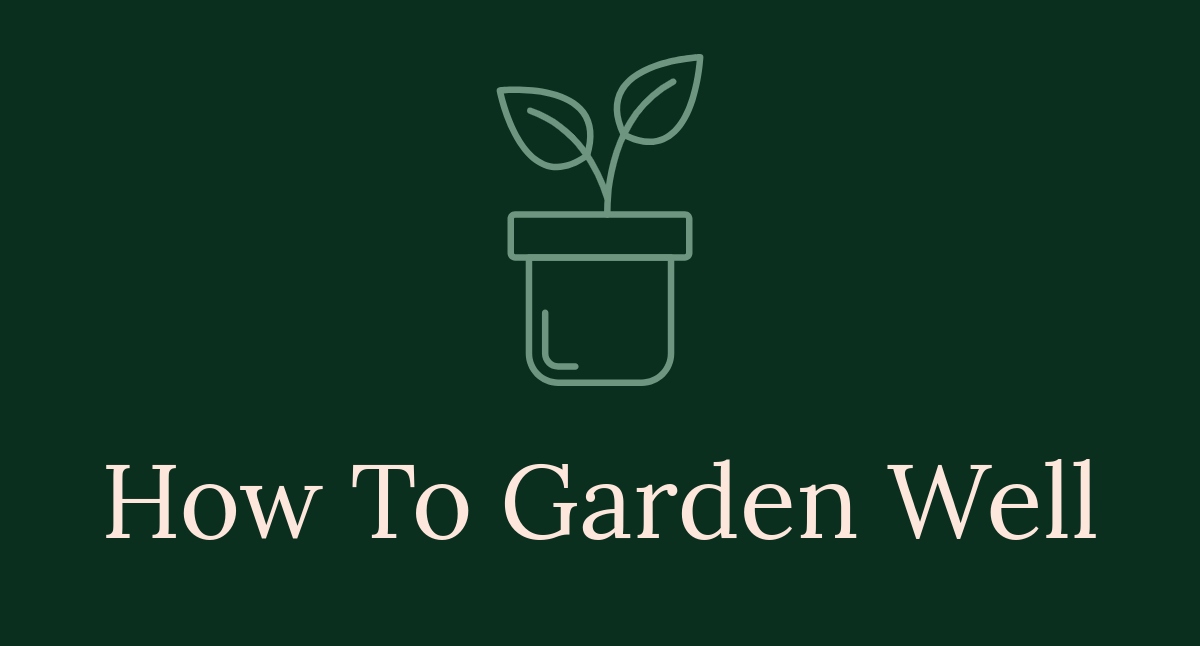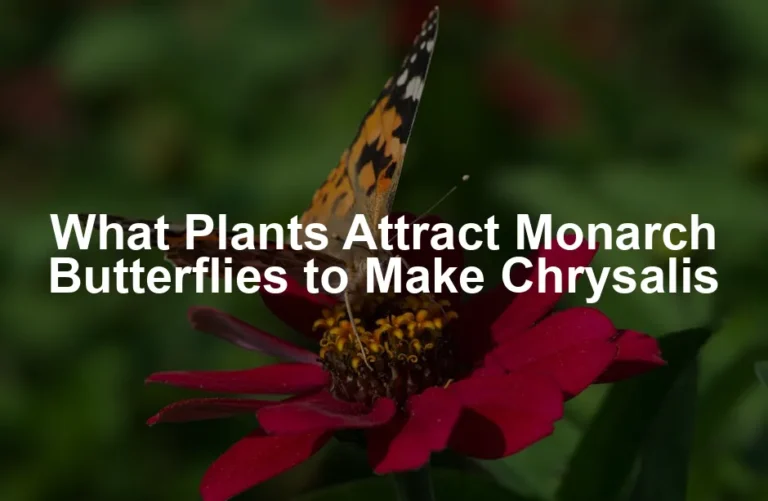

Gaura Whirling Butterfly Plant: A Comprehensive Guide to Cultivation and Care
Introduction
Have you heard of the Gaura Whirling Butterfly plant? This charming perennial, scientifically known as Gaura lindheimeri, adds a delightful touch to any garden. With its lovely flowers and adaptability, it’s no wonder many gardeners seek it out. In this article, we’ll cover everything you need to know about cultivating and caring for this stunning plant, as well as its numerous benefits.
And speaking of benefits, why not give your garden the nourishment it deserves? Using an Organic Slow-Release Fertilizer can make a world of difference for your plants. This gentle, long-lasting formula ensures your Gaura Whirling Butterfly gets all the nutrients it needs to thrive, without the risk of burning those delicate roots. Trust me, your plants will thank you!
Summary and Overview
The Gaura Whirling Butterfly plant originates from Texas and Louisiana. It’s part of the Onagraceae family, which includes a variety of flowering plants. Known for its graceful blooms, the Gaura plays a significant role in gardens and landscapes. Its resilience and aesthetic appeal make it a favorite among gardeners.
In this article, we’ll explore several key topics, including the plant’s characteristics, ideal growing conditions, maintenance tips, and common issues you might encounter. Whether you’re a novice or an experienced gardener, you’ll find valuable insights here.
1. Plant Characteristics and Background
Overview of Gaura lindheimeri
The Gaura Whirling Butterfly belongs to the Onagraceae family. This perennial thrives in its native habitat of Texas and Louisiana, where it flourishes in sunny, open areas. The name “Whirling Butterfly” comes from the way its delicate flowers sway in the wind, resembling butterflies in flight.
Key Features
This plant typically grows to 2-3 feet tall and spreads about the same distance. Its striking flowers start as white buds that gradually fade to pink, creating a beautiful visual effect from May through September. The foliage consists of lanceolate leaves that form a clump, giving the plant a full appearance. As the flowers bloom, they create a stunning display that can brighten up any garden setting.

2. Ideal Growing Conditions
Sunlight and Soil Requirements
For the Gaura Whirling Butterfly plant, full sun is essential. Ideally, it should receive at least six hours of direct sunlight each day. This exposure encourages robust growth and vibrant blooms.
When it comes to soil, the Gaura thrives in sandy or loamy types. Well-drained soil is crucial. Heavy or compacted soils can lead to root rot, which can harm your plant. A mixture that allows water to flow freely will keep your Gaura healthy and happy. If you want to ensure your soil is just right, consider using a Soil Moisture Meter. It’s a nifty tool to help you avoid the dreaded overwatering fiasco!
Understanding the importance of soil types can enhance your gardening experience. florida plants full sun
Watering and Drainage
Watering needs for the Gaura are moderate. Ensure the soil stays consistently moist but not soggy. Overwatering can lead to root issues, so it’s better to err on the side of caution.
Good drainage is vital. If water pools around the base of the plant, it can cause serious damage. Adding organic matter or mulch can improve drainage. This simple step can make a big difference in your plant’s health, preventing root rot and promoting strong growth.

3. Planting and Propagation
Best Planting Practices
The best time to plant Gaura is in spring or fall. These seasons provide optimal conditions for root establishment. When planting, aim for a spacing of 18 to 24 inches between plants. This distance allows for adequate air circulation and room for growth.
Propagation Methods
You can propagate Gaura through seeds, division, or cuttings. Seeds should be sown in spring, while division is best done in early spring or fall. If using cuttings, take them from healthy, established plants.
For successful propagation, ensure the cuttings have at least two leaves and place them in a well-draining medium. Keep the soil slightly moist and provide indirect sunlight. With a little patience, you’ll have new plants ready to thrive in your garden!
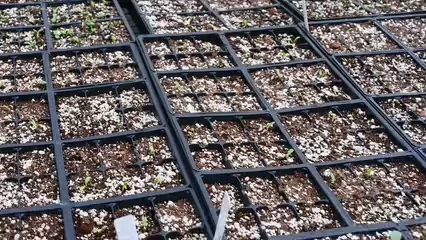
4. Maintenance and Care
Pruning and Deadheading
To keep your Gaura Whirling Butterfly plant blooming, deadheading is essential. This means removing spent flowers before they set seed. By doing this, you encourage the plant to produce more blooms. It’s a simple task that can lead to a longer flowering season, often extending into autumn.
When it comes to pruning, it’s important to control the plant’s size and prevent leginess. If your Gaura starts to grow too tall or appears floppy, consider cutting back the stems by about half in late spring. This will help maintain a bushier shape and promote stronger growth. Regular pruning also helps the plant stay healthy, allowing it to focus energy on producing vibrant flowers.
Fertilization
Fertilizing your Gaura during the growing season can enhance its growth and flowering. Use a balanced, slow-release fertilizer in early spring. This gives the plant the nutrients it needs to thrive. During the growing season, feel free to add a liquid fertilizer every four to six weeks for an extra boost.
However, watch for signs of over-fertilization. Yellowing leaves or stunted growth can indicate that your plant is getting too much fertilizer. If you notice this, reduce feeding immediately and flush the soil with water to help remove excess nutrients. Taking these steps will support your Gaura’s health and vitality. And if you’re worried about pests, consider a Organic Pest Control Kit to keep those pesky invaders at bay!
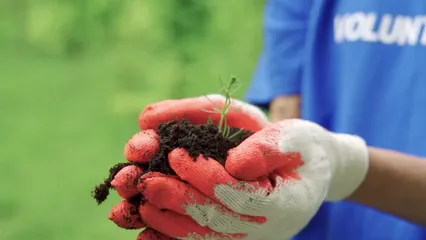
5. Pests and Diseases
Common Pests
Like many plants, the Gaura Whirling Butterfly can attract pests. Keep an eye out for aphids, whiteflies, and flea beetles. These pests can weaken your plant and affect its growth. Regularly inspect the undersides of leaves and stems for any signs of infestations.
If you spot pests, act quickly! A strong jet of water can dislodge many of them. For more stubborn infestations, insecticidal soap or neem oil can be effective. Always follow the manufacturer’s instructions when using these treatments.
Managing common pests is crucial for maintaining a healthy garden. Learn more about this in our guide on common pests in japanese friendship gardens and how to control them.
Diseases
Two common diseases that can affect your Gaura are root rot and powdery mildew. Root rot often occurs in poorly drained soil, so ensure your plant has adequate drainage. If you suspect root rot, remove the affected plant and let the roots dry out before replanting in fresh soil.
Powdery mildew can appear as a white, dusty coating on leaves. To prevent this, space your plants properly for good air circulation. If powdery mildew does develop, treat it with a fungicide or a homemade solution of water and baking soda. This will help restore your plant’s health and appearance.
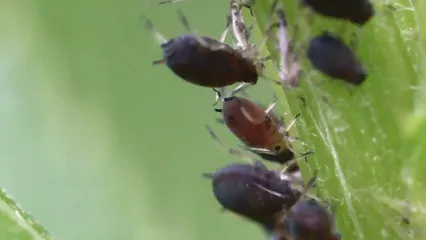
6. Landscape Uses and Aesthetic Appeal
Ideal Planting Locations
Gaura Whirling Butterfly plants shine in various garden settings. They thrive beautifully in borders, adding a graceful touch to any landscape. Their airy appearance makes them perfect for wild gardens, creating a natural, relaxed vibe. You can also use them as ground cover, filling spaces with their delicate blooms.
Consider pairing Gaura with other flowers for a stunning display. Companion plants like lavender, salvia, or coneflowers complement its beauty and enhance visual interest. These combinations not only look great but also support a diverse ecosystem in your garden. Don’t forget to label your plants with plant markers for easy identification!
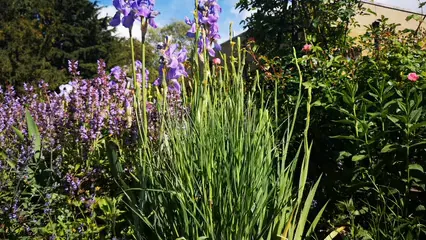
Seasonal Interest
One of the highlights of the Gaura Whirling Butterfly is its seasonal charm. In spring, clusters of white buds emerge, slowly transforming into lovely pink flowers throughout summer. This transformation keeps your garden vibrant and inviting from May to September.
Besides their beauty, Gaura plants attract various wildlife. The delicate blooms draw in pollinators like bees and butterflies, making your garden a busy hub of activity. Watching these creatures flutter around your plants adds an enchanting element to your outdoor space. With Gaura Whirling Butterfly, you can enjoy a garden filled with life and color all season long.
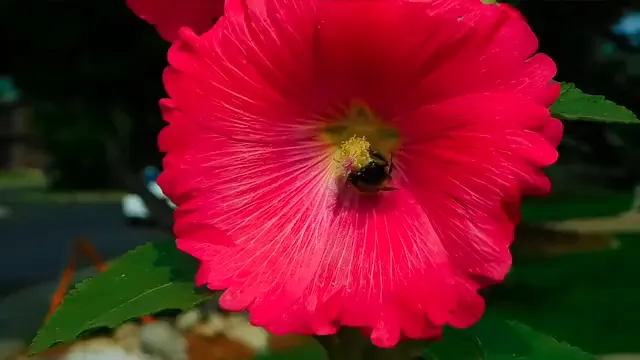
7. Environmental Benefits
Sustainability and Low Maintenance
The Gaura Whirling Butterfly is an eco-friendly choice for any garden. Its drought tolerance allows it to thrive with minimal water. Once established, this plant requires little maintenance, making it perfect for busy gardeners. You can enjoy its beauty without constant care, giving you more time to relax and appreciate your outdoor space.
Additionally, Gaura promotes biodiversity. Its presence supports various beneficial insects, contributing to a healthy garden ecosystem. By incorporating this hardy perennial, you’re not just beautifying your space; you’re also helping the environment. And if you’re looking to create a truly inviting space, consider adding a Butterfly House. It’s a charming way to attract more pollinators to your garden!

Habitat for Wildlife
Gaura plants are a haven for wildlife, particularly pollinators. Their vibrant flowers attract bees, butterflies, and other beneficial insects. By planting Gaura Whirling Butterfly, you provide a crucial food source for these creatures, supporting their populations.
Encouraging wildlife in your garden enhances its ecological value. This plant helps create a balanced environment, where beneficial insects can thrive and contribute to pollination. The Gaura Whirling Butterfly not only beautifies your landscape but also plays a vital role in supporting the local ecosystem.
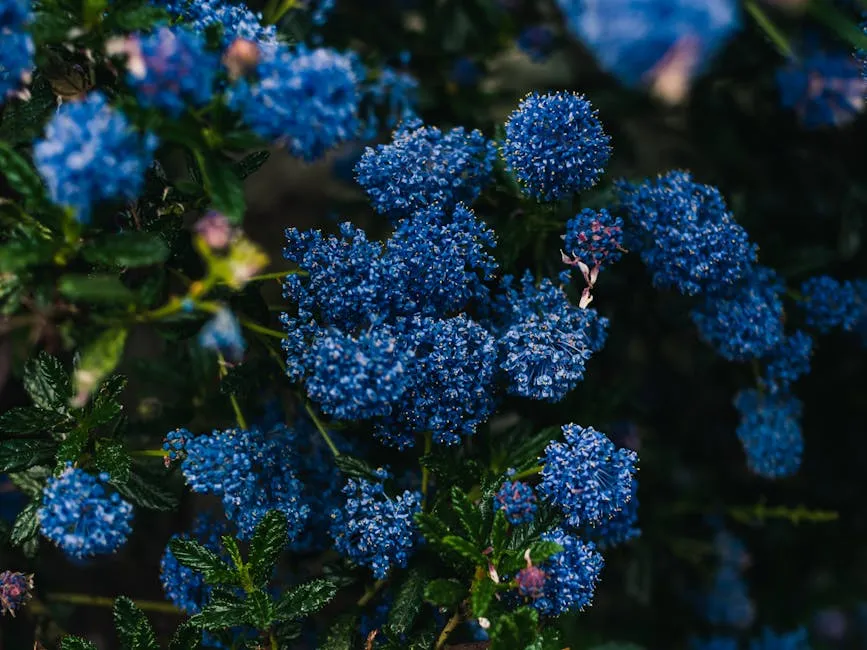
Conclusion
In summary, the Gaura Whirling Butterfly plant is a stunning addition to any garden. Its graceful flowers and delicate foliage create a charming display from spring to fall. This perennial thrives in sunny conditions and adapts well to various soil types, making it easy to grow.
Adding Gaura to your landscape not only enhances its beauty but also supports local wildlife. Its blooms attract pollinators like bees and butterflies, contributing to a healthy ecosystem. With minimal care and maintenance, this plant rewards gardeners with vibrant colors and seasonal interest.
Consider planting Gaura Whirling Butterfly in your garden. Its unique elegance and ecological benefits make it a worthwhile choice for any outdoor space. And while you’re at it, why not protect your hands with a pair of Gardening Gloves? They’ll keep your hands safe while you dig in the dirt!
FAQs
What are the ideal growing conditions for Gaura Whirling Butterfly?
The Gaura thrives in full sun, needing at least six hours of direct sunlight daily. It prefers sandy or loamy, well-drained soils to prevent root rot.
How often should I water Gaura Whirling Butterfly plants?
Watering frequency should be moderate. Keep the soil consistently moist but avoid overwatering, as this can harm the roots.
Can Gaura be grown in containers?
Yes! Gaura works well in container gardening. Ensure the pot has drainage holes and use a well-draining potting mix for best results.
What are the common pests affecting Gaura Whirling Butterfly?
Common pests include aphids, whiteflies, and flea beetles. Regular monitoring will help catch infestations early.
How do I propagate Gaura Whirling Butterfly plants?
Propagation methods include seeds, division, and cuttings. Each method can be successful with proper care and attention to the plant’s needs.
Please let us know what you think about our content by leaving a comment down below!
Thank you for reading till here 🙂 And if you’re ready to take your gardening game to the next level, check out a Gardening Book: “The Flower Gardener’s Bible” for expert tips and tricks!
All images from Pexels
